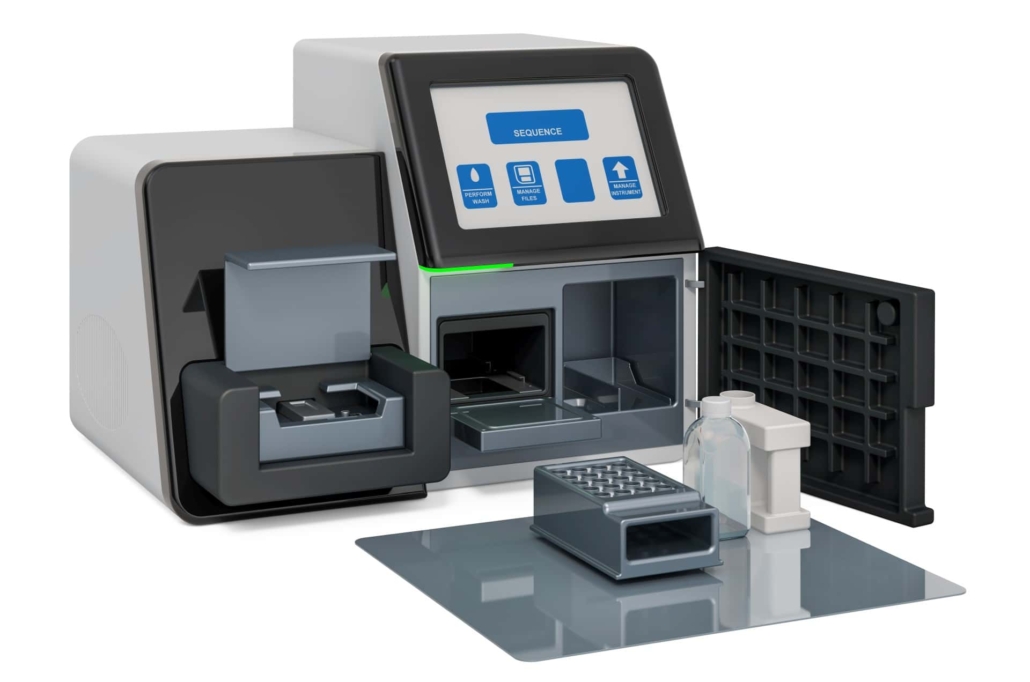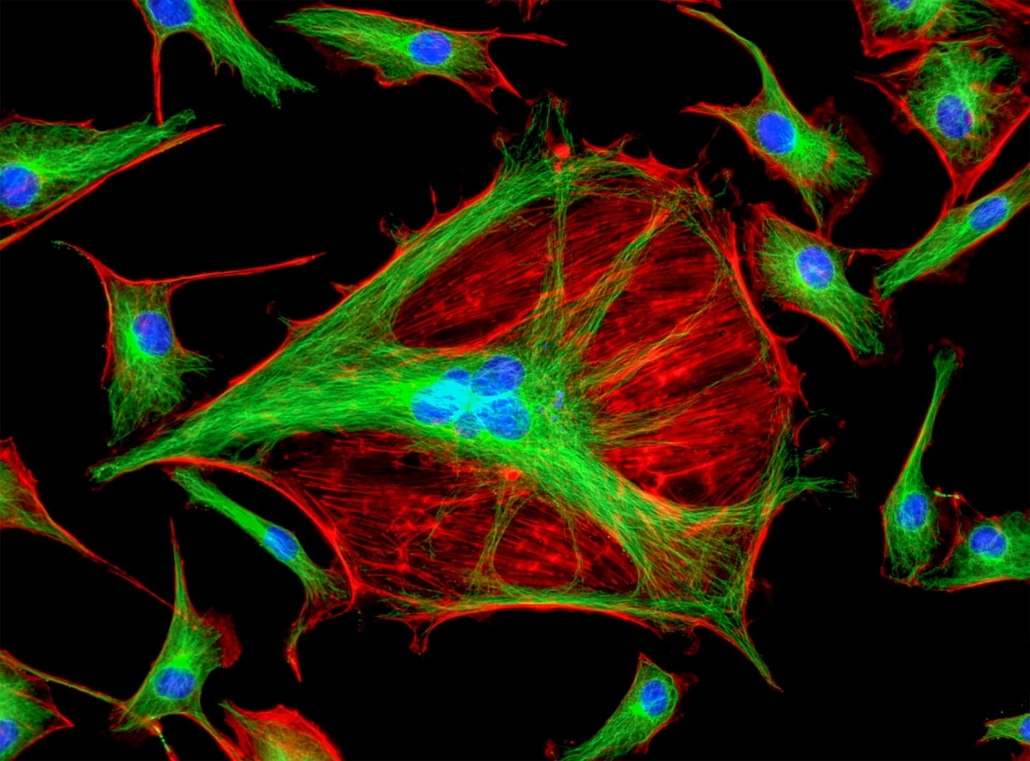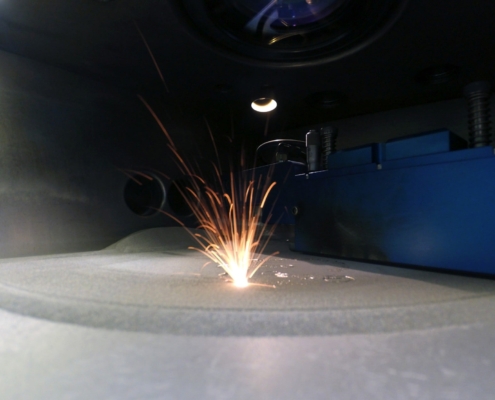Recent advances in biotechnology and sub-cellular imaging instrumentation have led to discoveries in fundamental life science biology and aided new developments in precision medicine. With the combination of fluorescence-based DNA-sequencing and super-resolution microscopy, it is now possible to image the location of individual biomolecules (e.g., proteins, mRNA) and understand how they behave and interact in the cellular environment with sub-100 nm resolution. This new technology frontier in life science research is known as Spatial Sequencing or Spatial Omics. By adding spatial resolution to the molecular information (gene profiling), this technology platform creates an unparalleled understanding of the relationship between an individual cell’s genomic (transcriptomic) profile, cellular morphology, and interaction with the local environment.
Modern spatial sequencing platforms are, at their core, fluorescence microscopes equipped with laser or LED illumination sources, precision lens assemblies, specialized optical coatings and optical filters, and advanced CMOS imaging detectors. Different instrument configurations provide a variety of imaging options, including, but not limited to:
- Multi-wavelength fluorescence detection
- Diffraction-limited or super-resolution imaging
- Integration of brightfield imaging
Using a combination of off-the-shelf and custom optics provides optimal imaging performance for spatial sequencing platforms. Knowing what optics to use and where along the beam path requires expert optical, mechanical, and system-level design expertise and product engineering.







